Indifference… At a local event this past week, I asked a friend who is involved in safety work the question, why are people getting killed at work? He quickly came up with this answer.
“A lot fewer people are being killed than it used to be before OSHA. There has been a lot of progress. We must be at about the best we can do.“
Then the conversation moved off to the Olympics. He just brushed this off as no longer important.
But this is important to the approximately 5,200 families who have had someone in their family killed. This experience remains with the family forever. And this 5,200 total number is an every year statistic!
Those of you reading my newsletters know that I am constantly trying to help people reduce injuries and deaths by building Partner-Centered Leadership and sharing real case studies that have been published in Professional Safety. We can reduce the numbers of injuries and fatalities, and we shouldn’t just push this problem aside with indifference.
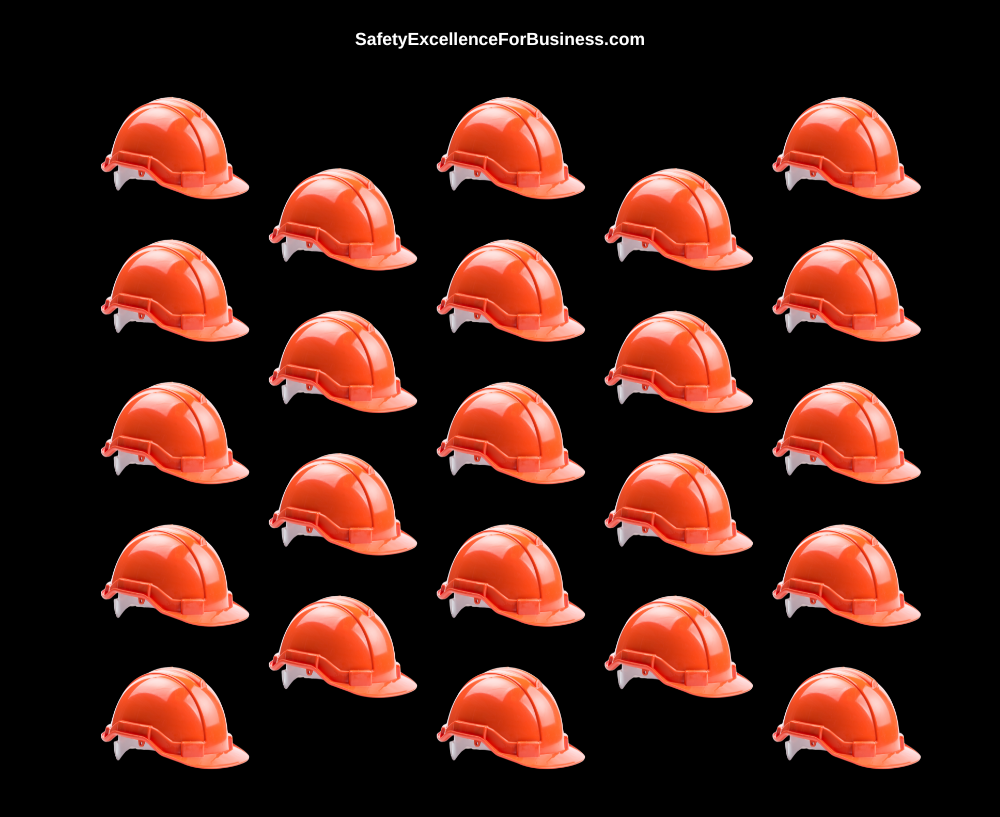
Leaders Lacking Insights About What Is Possible
At a recent graduation celebration gathering, I was talking with a family member who has a very responsible safety leadership job in a large company, about my efforts to have fewer people killed at work. We talked about Partner-Centered Leadership and having everyone involved, co-creating our shared futures and taking more responsibility for the whole business efforts, including safety.
I was asked, “How do you work this way across widely dispersed sites?” This is a challenge for sure. The way I see it, this effort has to begin with the CEO and the Leadership Team. They need to talk about Partner-Centered Leadership and walk the talk at every site visit so people can understand that they mean it. The top people need to personally engage the lower levels in learning to lead this way and insist that everyone is involved. The CEO and Leadership Team should do some of the training of the lower-level people.
If someone does not get on board, then some tough decisions need to be made. The message should be that this is the way the company is going to do business going forward. But equally important is helping everyone to see that going home to one’s family at the end of the workday with all one’s body parts intact – no injuries, no incidents, is the absolute answer to What’s in it for me?
My mantra when I was a plant manager was, “I don’t have a right to make my living where it is okay for you to get hurt!” Does anyone have this right? The methodology for success is to engage people – for supervision across the board, up and down the organization to learn how to ask process questions. When it comes to safety, leaders who are in denial, or pretending one “doesn’t know” just doesn’t cut it. Asking process questions can ensure accountability.
We then talked about why there was so much resistance to these ideas. Based on some hard systems thinking, I think that the whole US safety industry with all the training, audits, fines, blame, etc. is driven by FEAR! This idea can be startling. Examining safety from a systems perspective was a different idea – particularly noting that fear was a key driver.
The problem with a culture being driven by fear is that it is very difficult to learn and do new things. Just about everyone is concentrated on covering their backside rather than talking together in an environment that is safe enough to explore new ideas together. When we work together using Partner-Centered Leadership, we can open up the vast knowledge that is lying hidden in our organizations. When we treat people with respect, listen and learn together, amazing new ideas and possibilities bubble up.
Everything changes! Productivity goes up. Earnings go up, Safety improves. The culture becomes one where almost everyone is learning, growing, taking more responsibility and producing great results. New possibilities emerge which often lead to much better earnings.
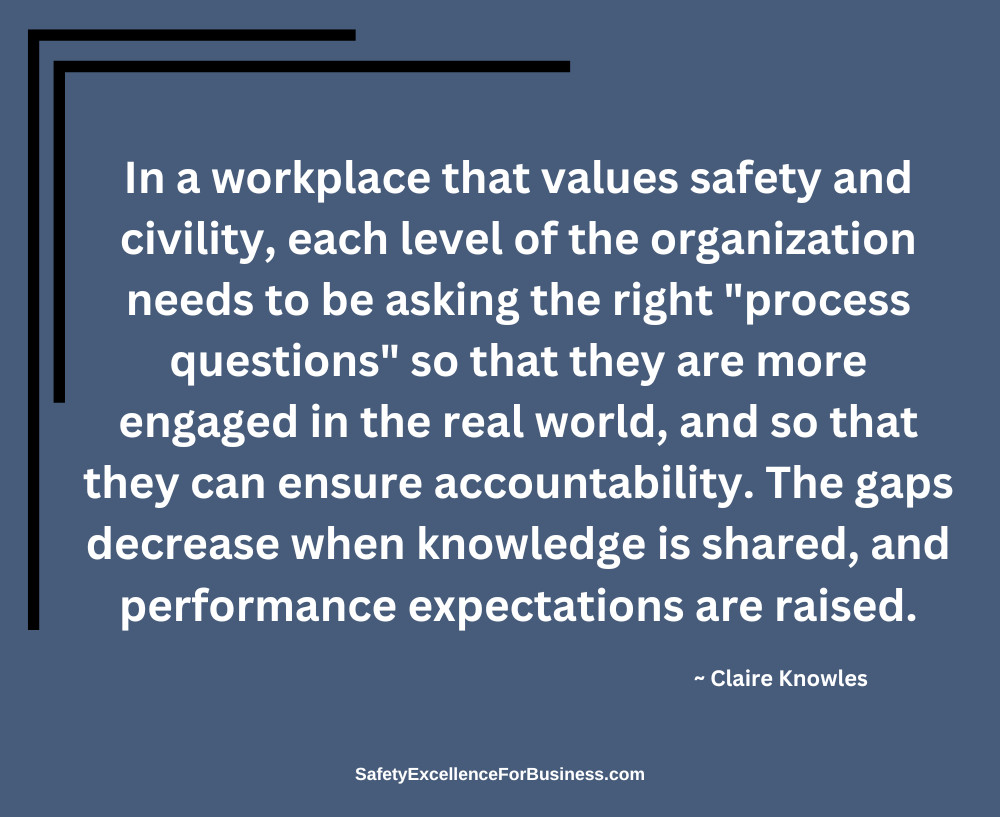
Partner-Centered Leadership
When the CEO and the Leadership Team learn what is possible and how to work this way with authenticity and caring, this can spread throughout their organization and achieve significantly better results. It takes some effort and dedication, but there is no need for new capital investment. In a sense, Partner-Centered Leadership is free!
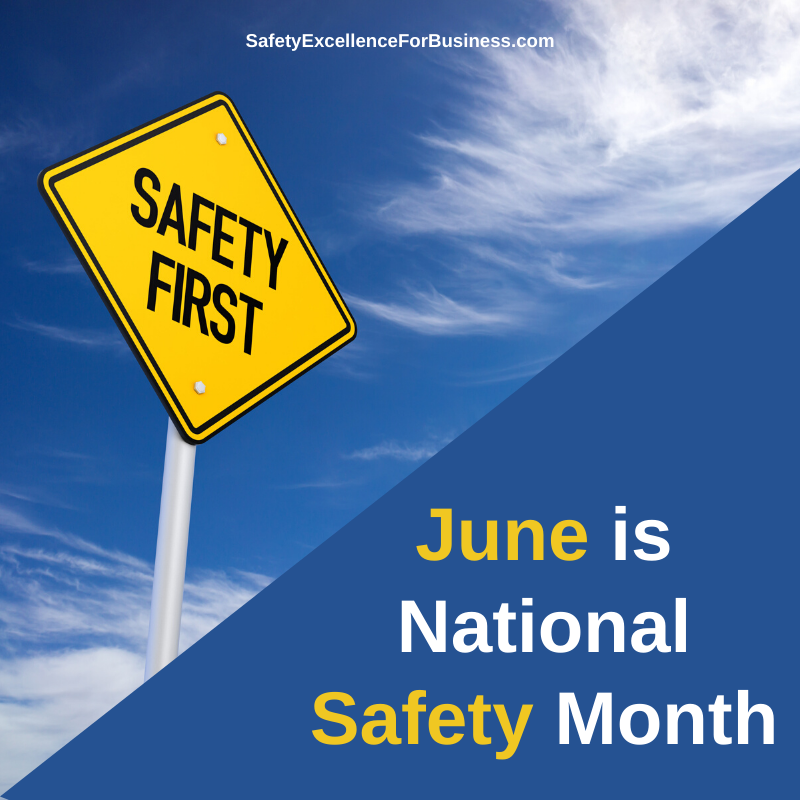 In times like this, when the business and production activities are ramping up, there is a real danger that safety problems will show up. Any time the level of activity changes, up or down, is a time of danger.
In times like this, when the business and production activities are ramping up, there is a real danger that safety problems will show up. Any time the level of activity changes, up or down, is a time of danger.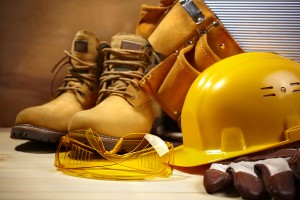 I feel we are not moving fast enough to get to higher levels of performance. Way too many people are getting hurt and killed. Safety is a part of all we are doing and the whole system needs to be making improvements.
I feel we are not moving fast enough to get to higher levels of performance. Way too many people are getting hurt and killed. Safety is a part of all we are doing and the whole system needs to be making improvements.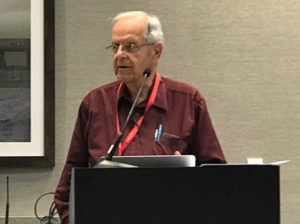 I was given the opportunity to talk about my work on Partner-Centered Leadership and shared information about the Process Enneagram, which is such a powerful tool to help people to come together to solve their complex problems. Partner-Centered Leadership is focused on sharing information, building trust and interdependence, helping everyone see the importance of their work for the success of the whole enterprise and moving into a better future. Everyone at the workshop was seeking ways to actually move into Safety II and make it happen so there was a lot of interest in this work.
I was given the opportunity to talk about my work on Partner-Centered Leadership and shared information about the Process Enneagram, which is such a powerful tool to help people to come together to solve their complex problems. Partner-Centered Leadership is focused on sharing information, building trust and interdependence, helping everyone see the importance of their work for the success of the whole enterprise and moving into a better future. Everyone at the workshop was seeking ways to actually move into Safety II and make it happen so there was a lot of interest in this work. It is a new year. Businesses have compiled their 2018 safety statistics. They are looking at economics and at people. Who was hurt during this past year? What have we put in place so that those injuries won’t happen again? What are we talking about together for betterment? How did our systems contribute to our successes or to the injurie/s? What was the presence and the strength of Leadership support like around those people who were injured? Where are we most vulnerable safety-wise? How can we lead more effectively? How can we have an even safer workplace in this new year, 2019? How can we help employees to become more aware, more safety vigilant? And thus more able to return to their families at the end of the shift whole – with arms, legs, toes, fingers, eyes, ears – all intact. (Leaders, are you asking these questions?)
It is a new year. Businesses have compiled their 2018 safety statistics. They are looking at economics and at people. Who was hurt during this past year? What have we put in place so that those injuries won’t happen again? What are we talking about together for betterment? How did our systems contribute to our successes or to the injurie/s? What was the presence and the strength of Leadership support like around those people who were injured? Where are we most vulnerable safety-wise? How can we lead more effectively? How can we have an even safer workplace in this new year, 2019? How can we help employees to become more aware, more safety vigilant? And thus more able to return to their families at the end of the shift whole – with arms, legs, toes, fingers, eyes, ears – all intact. (Leaders, are you asking these questions?)
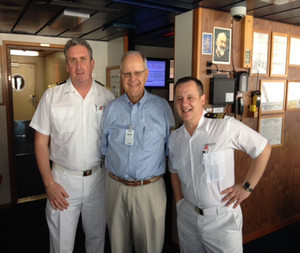 On December 16-18, 2015, I was able to attend the Cruise Line International Association Safety Conference in Miami. The focus was on improving the safety culture and Bridge Resource Management. This is a very interesting business for me to learn about. I was there to give some perspective from the chemical industry.
On December 16-18, 2015, I was able to attend the Cruise Line International Association Safety Conference in Miami. The focus was on improving the safety culture and Bridge Resource Management. This is a very interesting business for me to learn about. I was there to give some perspective from the chemical industry.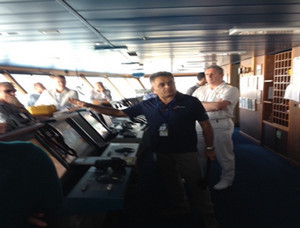 There is a big need to be sure the managers of chemical plants are qualified so that their employees and neighboring communities do not suffer the consequences of chemical releases and spills. Many manufacturing businesses that do hazardous work, aside from chemical manufacturing, should heed this thinking too.
There is a big need to be sure the managers of chemical plants are qualified so that their employees and neighboring communities do not suffer the consequences of chemical releases and spills. Many manufacturing businesses that do hazardous work, aside from chemical manufacturing, should heed this thinking too.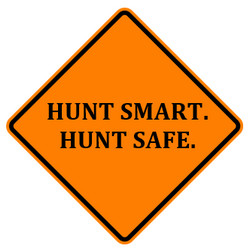 In many places, the hunting season is underway or just beginning. This is always a time of change and hazard. Some years when I was a plant manager, we would have one or two serious hunting-related, off-job injuries – like falling from a tree stand or tripping over something and breaking a leg. There is a lot of change as people go into the woods and fields looking for game. Many have not done this for a while. Others may not be fully prepared for a sharp change in the weather where a heavy rain could come in or the temperatures drop below freezing and hypothermia becomes a worry. It is often dark and visibility is poor. I have read of hunters getting killed with their own weapon when they have tripped and accidentally shot themselves. Don’t load your gun until you are ready to use it.
In many places, the hunting season is underway or just beginning. This is always a time of change and hazard. Some years when I was a plant manager, we would have one or two serious hunting-related, off-job injuries – like falling from a tree stand or tripping over something and breaking a leg. There is a lot of change as people go into the woods and fields looking for game. Many have not done this for a while. Others may not be fully prepared for a sharp change in the weather where a heavy rain could come in or the temperatures drop below freezing and hypothermia becomes a worry. It is often dark and visibility is poor. I have read of hunters getting killed with their own weapon when they have tripped and accidentally shot themselves. Don’t load your gun until you are ready to use it.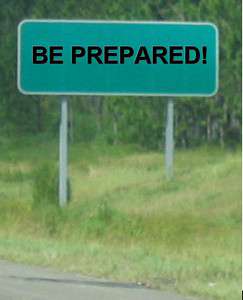 I have been talking about checklists in my previous newsletters and they can be useful as people go out hunting.
I have been talking about checklists in my previous newsletters and they can be useful as people go out hunting. I recently read of a fatal accident where a man was killed while working on a lathe. It was properly shielded and okay for the normal conditions, but the unexpected happened. The part he was working on exploded apart under the high rotating speed when he engaged the cutter. The parts from the exploding piece went right through the shield and gave him terrible, fatal wounds.
I recently read of a fatal accident where a man was killed while working on a lathe. It was properly shielded and okay for the normal conditions, but the unexpected happened. The part he was working on exploded apart under the high rotating speed when he engaged the cutter. The parts from the exploding piece went right through the shield and gave him terrible, fatal wounds.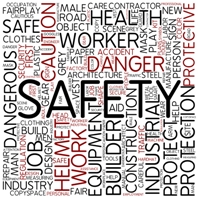 Another thing that can happen around hunting season and the holidays is the need to hire temporary people to backfill for those who are out. These people need extra care and attention, but things are often so busy that it is hard to give it to them. These people just don’t know the hazards.
Another thing that can happen around hunting season and the holidays is the need to hire temporary people to backfill for those who are out. These people need extra care and attention, but things are often so busy that it is hard to give it to them. These people just don’t know the hazards. In many of my newsletters, I have talked about the importance of sharing information abundantly, building relationships of trust and interdependence, and helping people to see the importance of their own work in building the success of the whole organization.
In many of my newsletters, I have talked about the importance of sharing information abundantly, building relationships of trust and interdependence, and helping people to see the importance of their own work in building the success of the whole organization.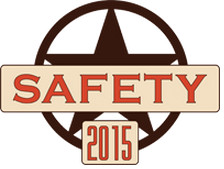 “
“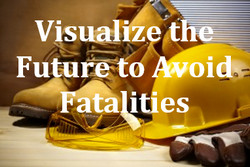 In my reading, studying and talking with many people, I have found that over half of the fatal accidents are often unanticipated and missed using our traditional approaches to accident prevention. The Heinrich Accident Triangle is very useful as we look at unsafe acts at the base of the triangle. Lots of slips, trips and falls are avoided as we do this.
In my reading, studying and talking with many people, I have found that over half of the fatal accidents are often unanticipated and missed using our traditional approaches to accident prevention. The Heinrich Accident Triangle is very useful as we look at unsafe acts at the base of the triangle. Lots of slips, trips and falls are avoided as we do this. Talking together is one of the most important things we can do to help to improve the safety in our workplaces. Letting people know that you care about them and respect them. But too many times I have seen supervisors and managers talking down to their employees ordering them to do this or that.
Talking together is one of the most important things we can do to help to improve the safety in our workplaces. Letting people know that you care about them and respect them. But too many times I have seen supervisors and managers talking down to their employees ordering them to do this or that.




